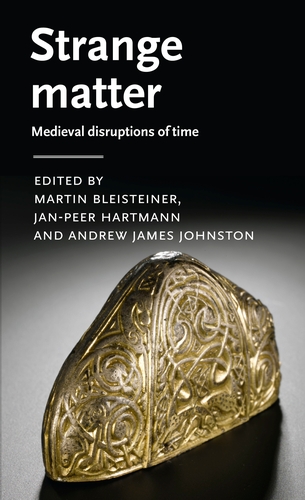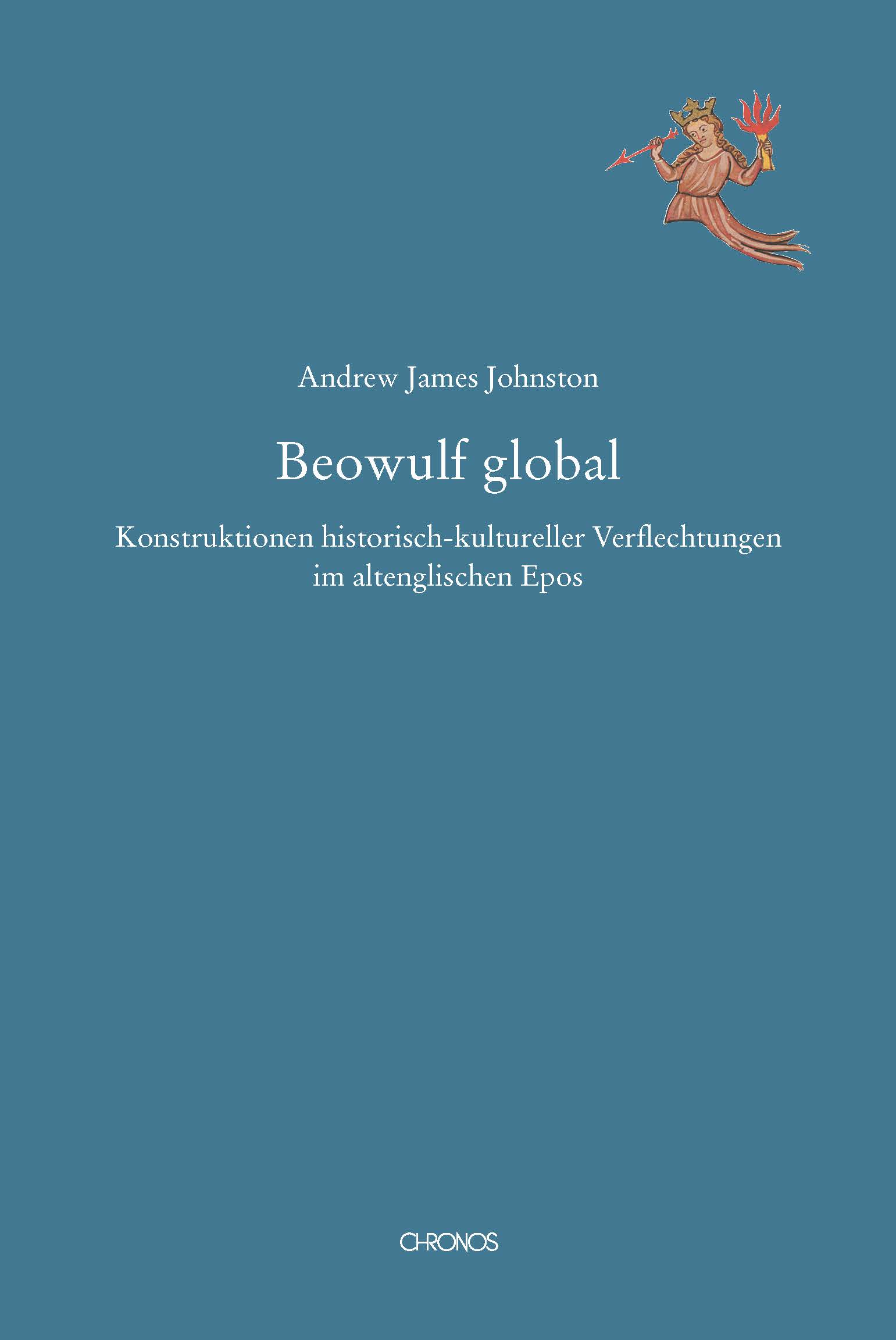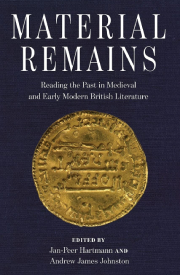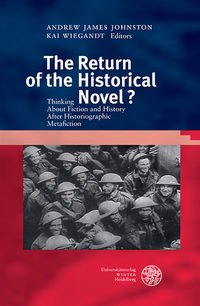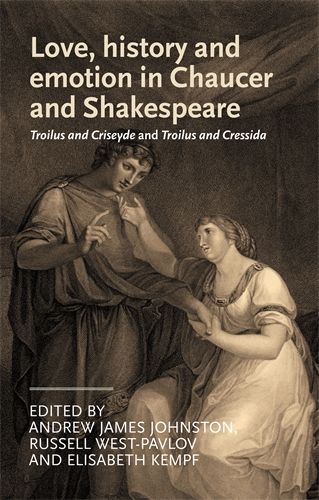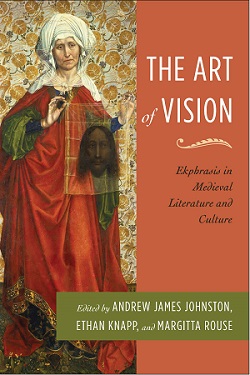Providing new and challenging ways of understanding the medieval in the modern and vice versa, The Medieval Motion Picture: The Politics of Adaptation highlights how
medieval aesthetic experience breathes life into contemporary cinema. Engaging with the subject of time and temporality, the essays examine the politics of adaptation and our contemporary entanglement with
the medieval: not only in overtly medieval-themed films but also in such diverse genres as thrillers, horror films, performance animation, and even science fiction. Among the films and TV shows discussed
are productions such as HBO’s award winning series Game of Thrones, Francis Ford Coppola’s Bram Stoker’s Dracula, Akira Kurosawa’s Ran, and M. Night Shyamalan’s The Sixth Sense.
“As a whole, Johnston, Rouse, and Hinz's The Medieval Motion Picture: The Politics of Adaptation lays out theories and exemplary readings that will enhance
theoretical discussions of the cinematic Middle Ages, particularly in its focus on the temporal nature of adaptations, while also putting forth intriguing interpretations of a range of films, from
masterpieces (Ran) to blockbuster successes (The Sixth Sense) to schlock (Timeline). Each essay provides a strong reading of the film under consideration, and scholars of these
films will benefit from the volume's detailed readings of them.” (Tison Pugh, TMR 15.03.14)
“The question of how various forms of art, discourse, and structure manage to negotiate the distance between various non-contiguous periods of history is at the heart
of all medievalism studies. The contributors to The Medieval Motion Picture confront the issue of temporality by claiming, and demonstrating, for cinematic representations of medieval culture a
joyous multimodality of temporal and aesthetic layers apt to adapt medieval artifacts, concepts, and practices to the diverse horizons of expectation postmedieval viewers bring to medievalist movies.
From Kurosawa’s Ran to HBO’s Game of Thrones, the essays in this theoretically sophisticated volume reveal the complex dialogic interplay of pre-modern and (post)modern temporalities.”
(Richard Utz, Chair and Professor in the School of Literature, Media, and Communication, Georgia Institute of Technology, USA)
“This ambitious collection explores the ideas and practices that link medievalism studies, adaptation theory and cinema studies. The ‘politics’ of adaptation here
are institutional and disciplinary: these original and inventive essays show how far medievalism has developed from earlier preoccupations with fidelity to sources or to the historical past. Using the
temporal uncertainties of medieval film as a starting-point, many of these essays offer brilliant insights into the nature of cinematic representation.” (Stephanie Trigg, Professor of English, University
of Melbourne, Australia)
